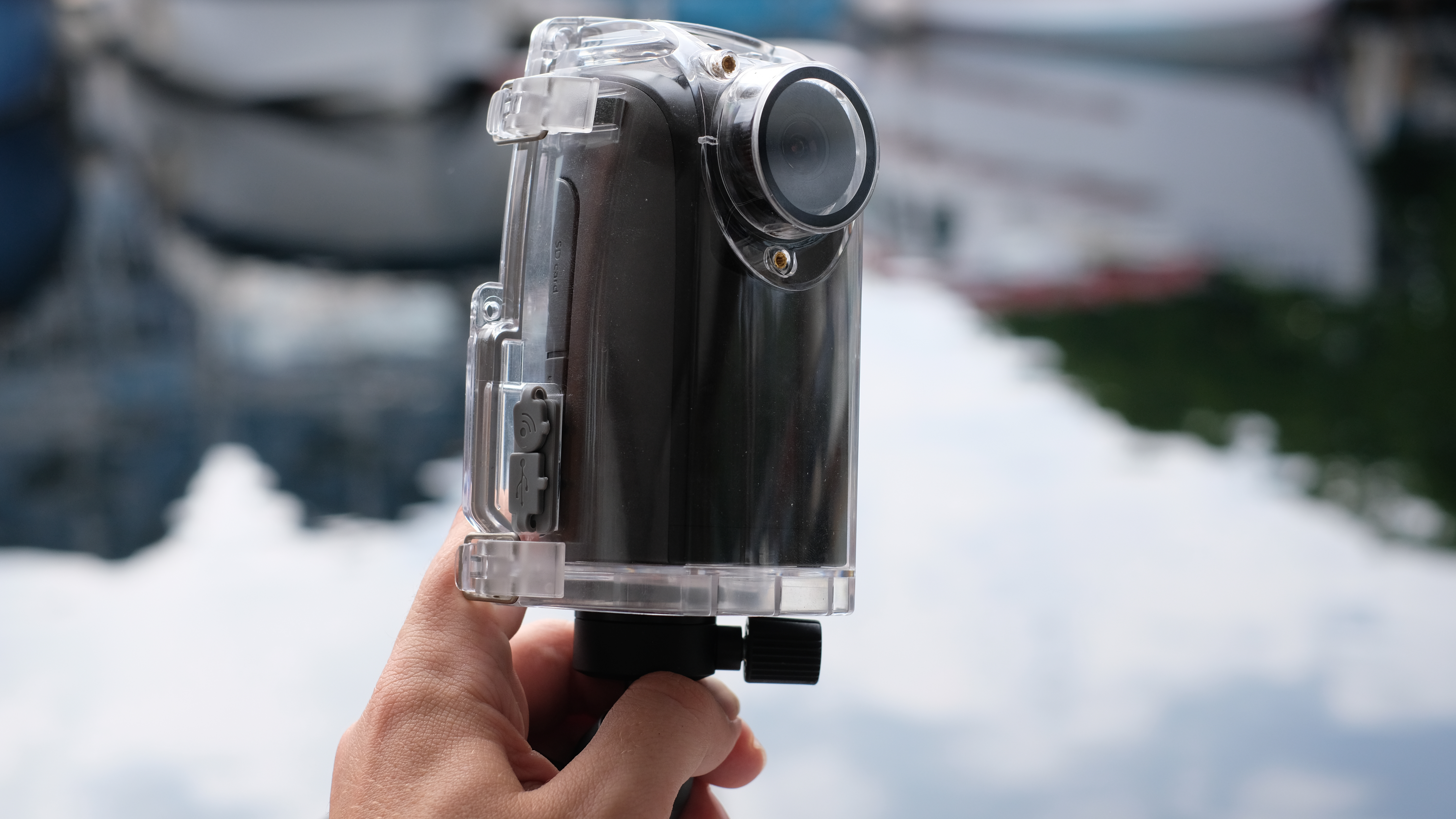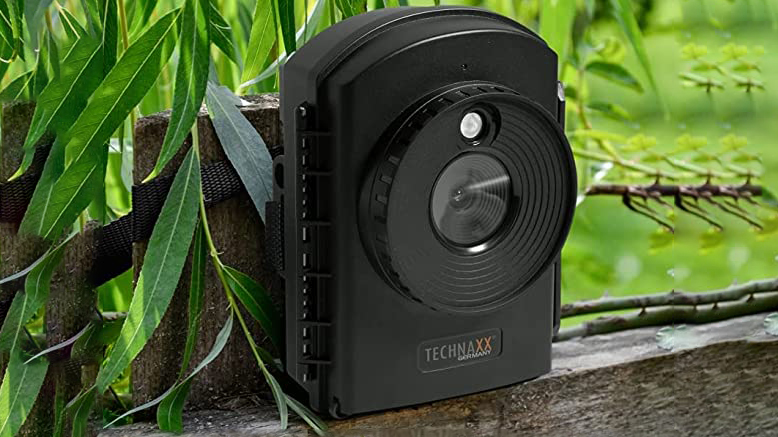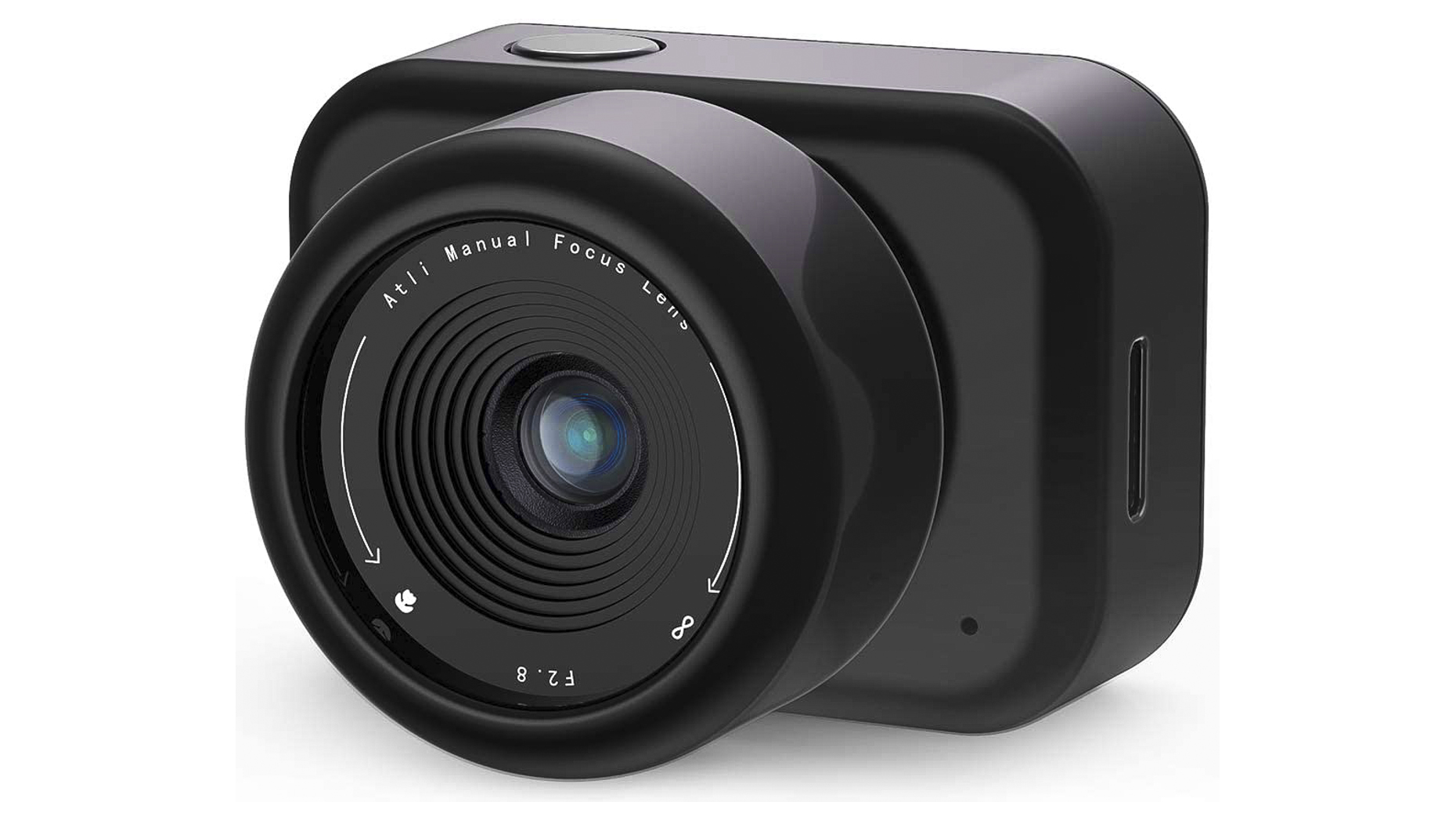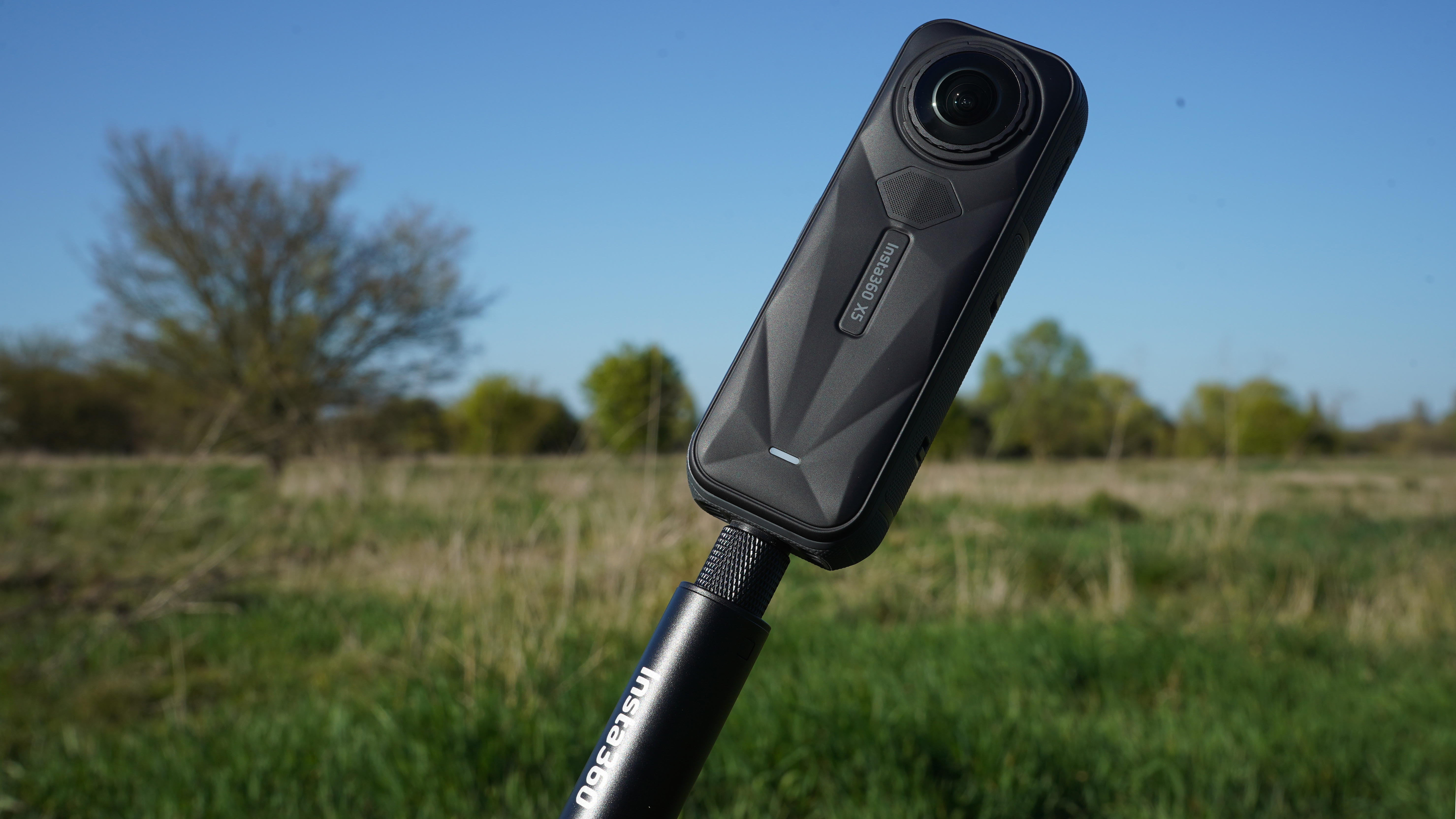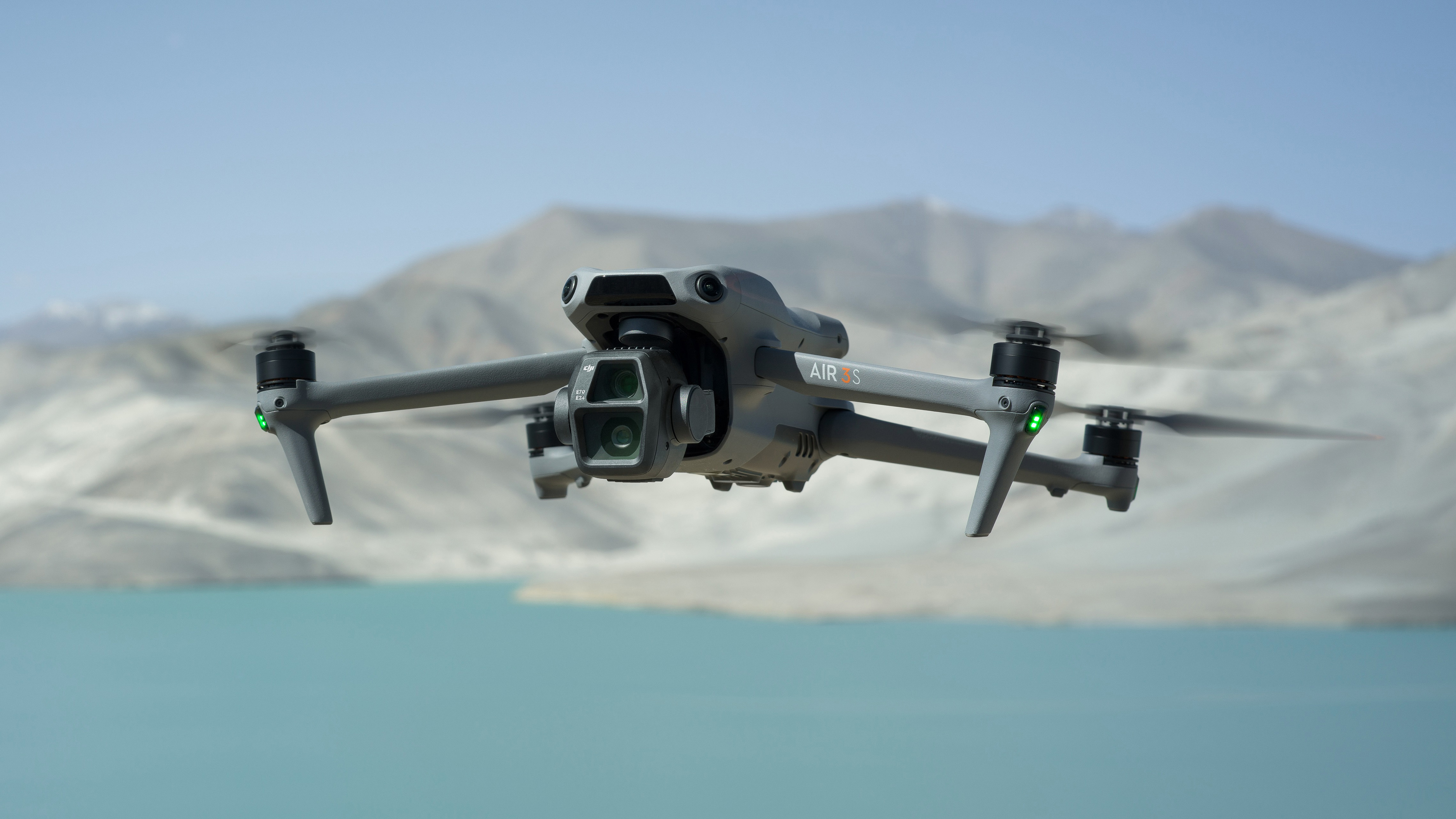Best timelapse cameras for construction, events or speeding up nature
Condense days into seconds of engaging video, with the best timelapse cameras on the market today
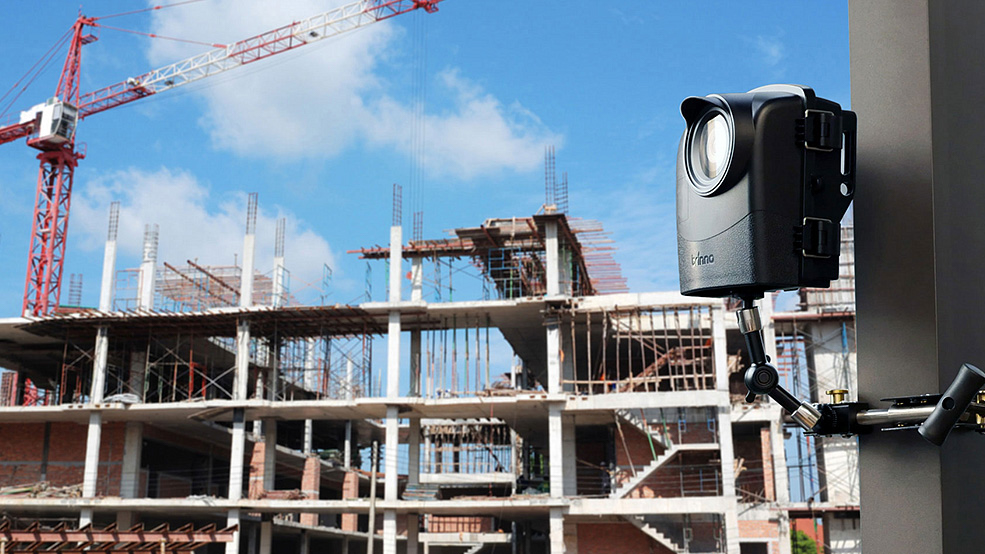
With the best timelapse cameras, you can turn weeks, months or even years into minutes. Timelapse cameras are simple devices that take photos at regular intervals, which can then be combined into videos to give the impression of time passing at a rapid pace. This means that processes that happen over a long period – like construction projects, the growth of plants or the shifting of tides – can be conveyed at a speed perceptible to the human eye,
I love making timelapses. I've made them with regular cameras, specialised cameras, action cameras, drones and more. It’s an addictive process, fun to do in a personal capacity, but also potentially useful in professional applications. It’s common for construction companies to set up a timelapse camera on the jobsite to provide a visual record of a building coming together.
You can make timelapses with all kinds of different cameras. I’ve started this guide with dedicated timelapse cameras designed expressly for this purpose, but have also expanded the remit to include action cameras, 360 cameras, and even a drone (as DCW’s resident drone enthusiast, I felt I had to). I've made sure to include options at a range of price points, and have discussed in detail the kinds of features that make for a good timelapse camera, like long battery life and weatherproofing.
Top Picks
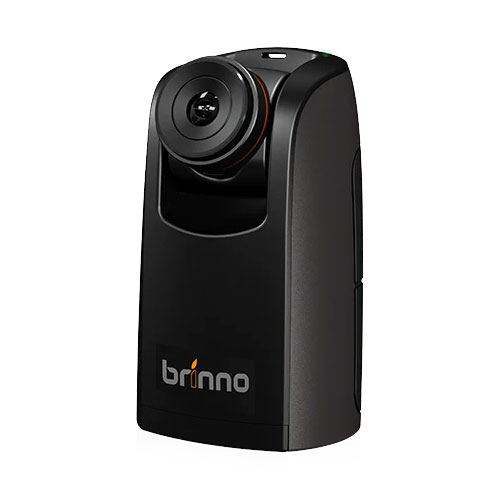
An HDR-capable camera gives you good footage into the night and has both a display and tilt-adjustable lens for framing the shot. The bundle gives you everything you need to get started.
Read more below
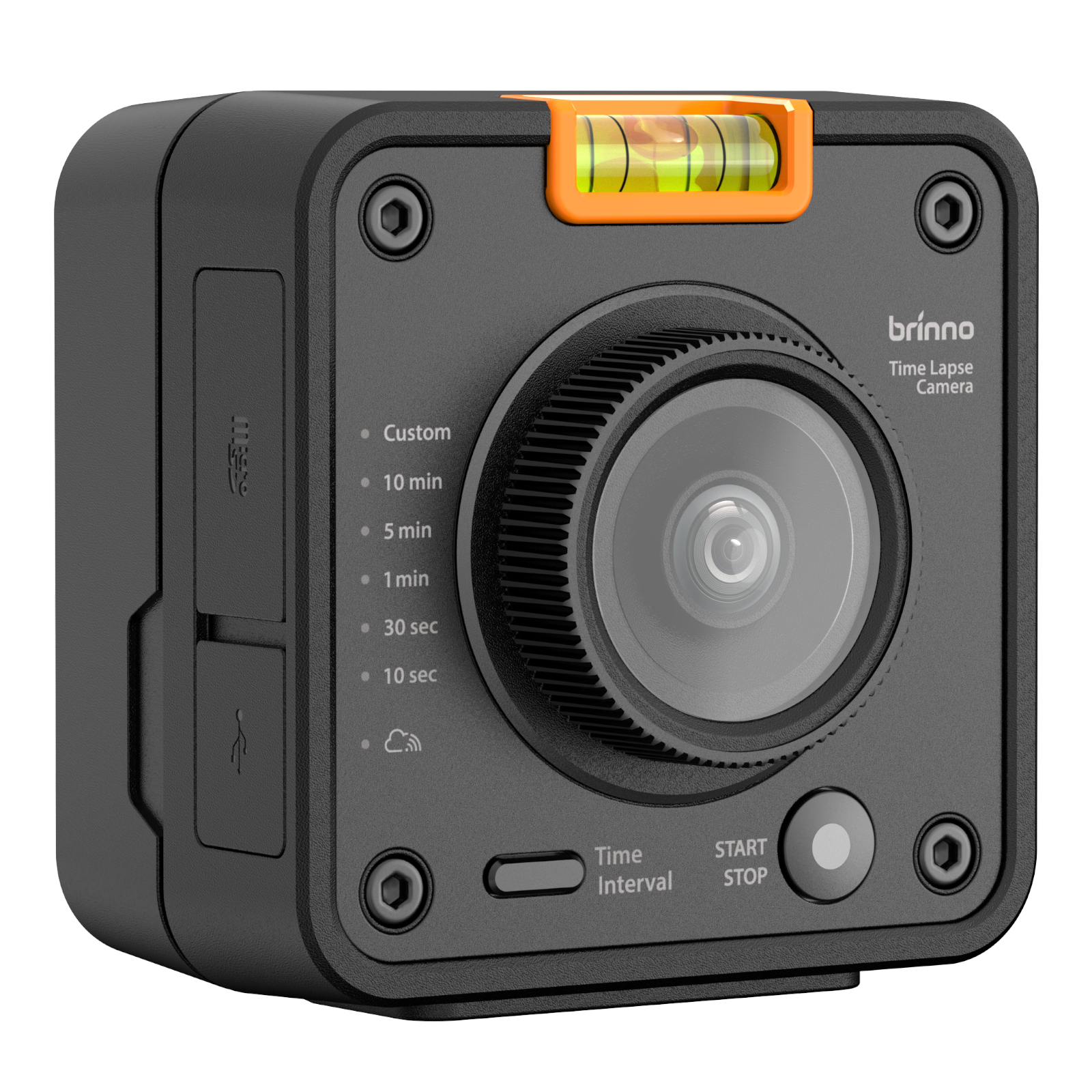
The price may make you wince, but this 4K-capable timelapse camera really delivers, and if you're working on a multi-year project, you want the resulting video to look good, right?
Read more below
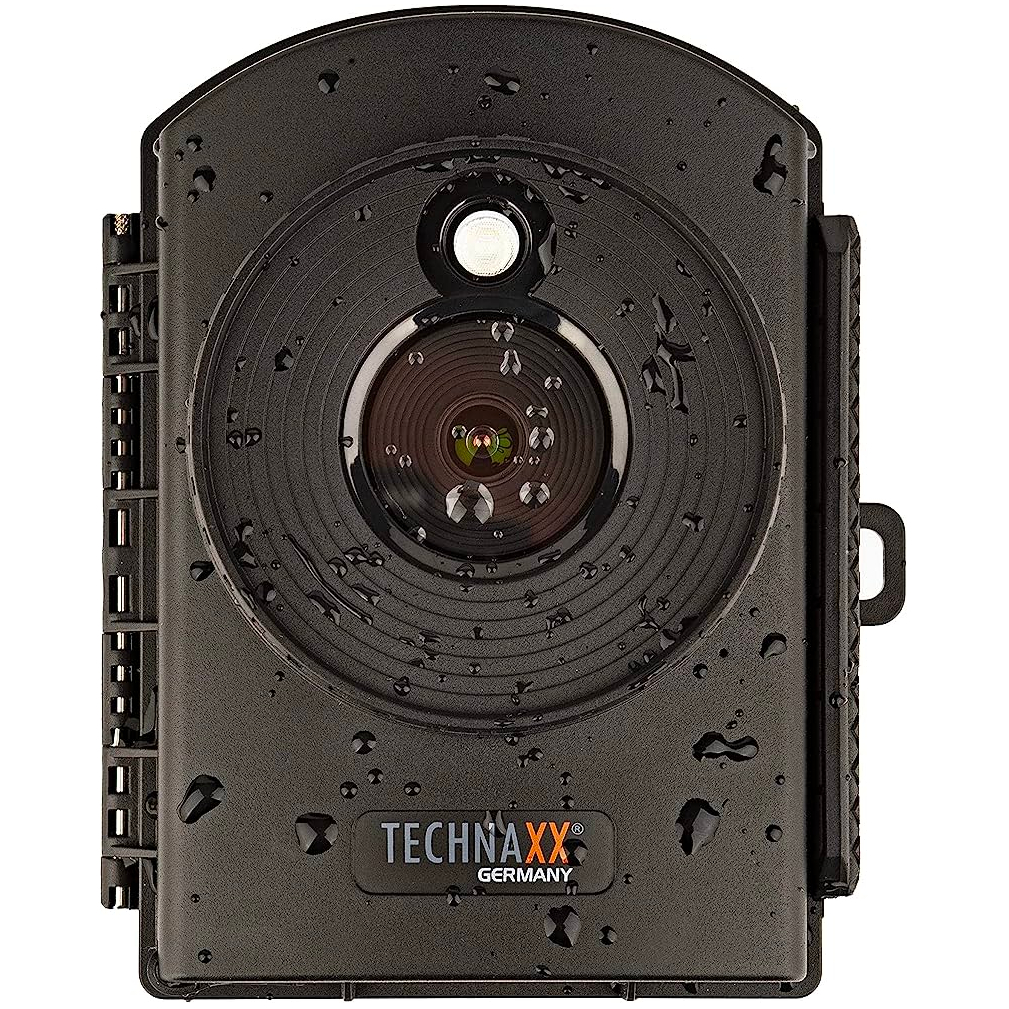
The TX-164's waterproof case reveals a ton of AA batteries, which is why it can safely be left for half a year capturing images or video. It's a favourite among construction companies for this reason, delivering great footage over long periods.
Read more below
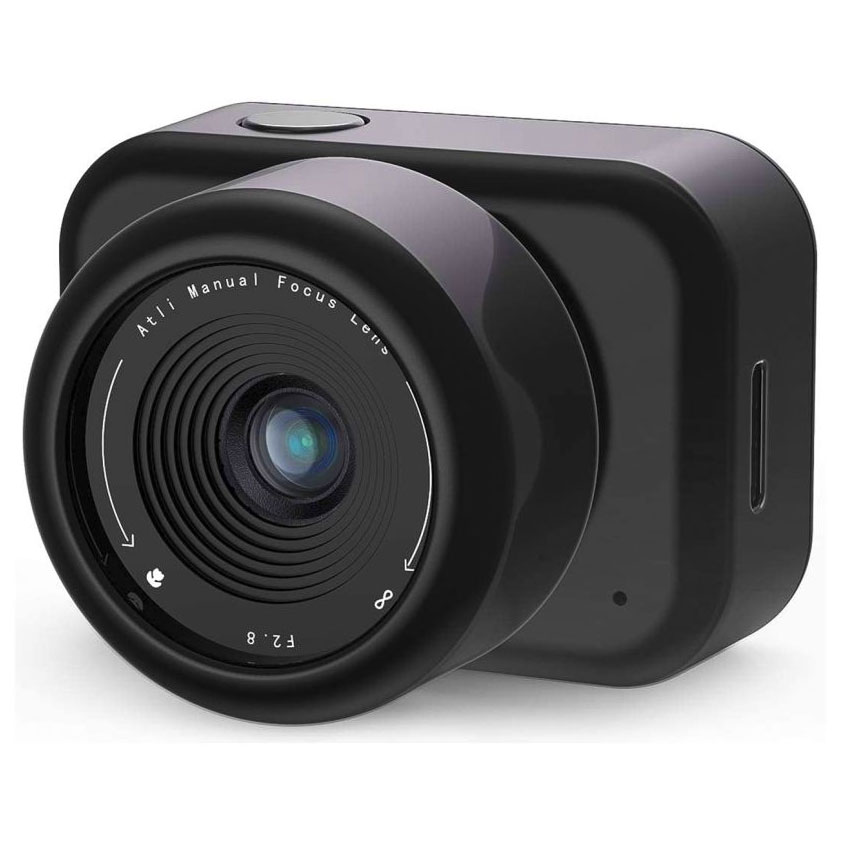
TheEON boasts remote access which means you can see a live preview on your phone or computer, plus cool time slice photo sequencing feature. It comes in a kit with plenty of accessories, including a mini tripod and UV filter, and it's app-controlled.
Read more below

With a big image sensor, the Osmo Action 5 Pro edges out GoPro – just! The Timelapse and Hyperlapse modes eliminate the need for a dedicated camera for many timelapse jobs.
Read more below
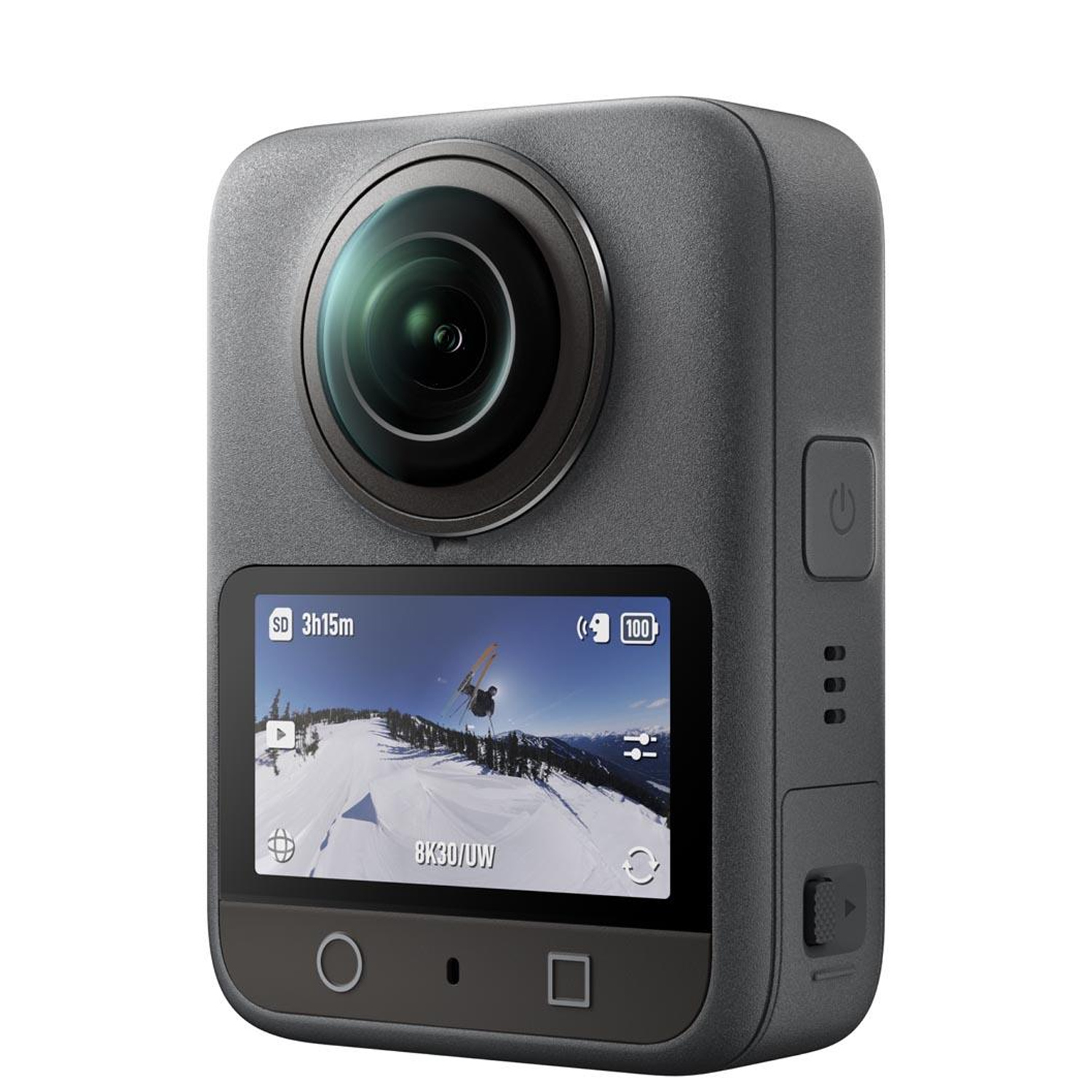
Cameras like the Osmo360 with 360-degree imaging capability give you huge scope to experiment with different compositions for your timelapses – as long as you don't mind some extra post-process work.
Read more below
See more products
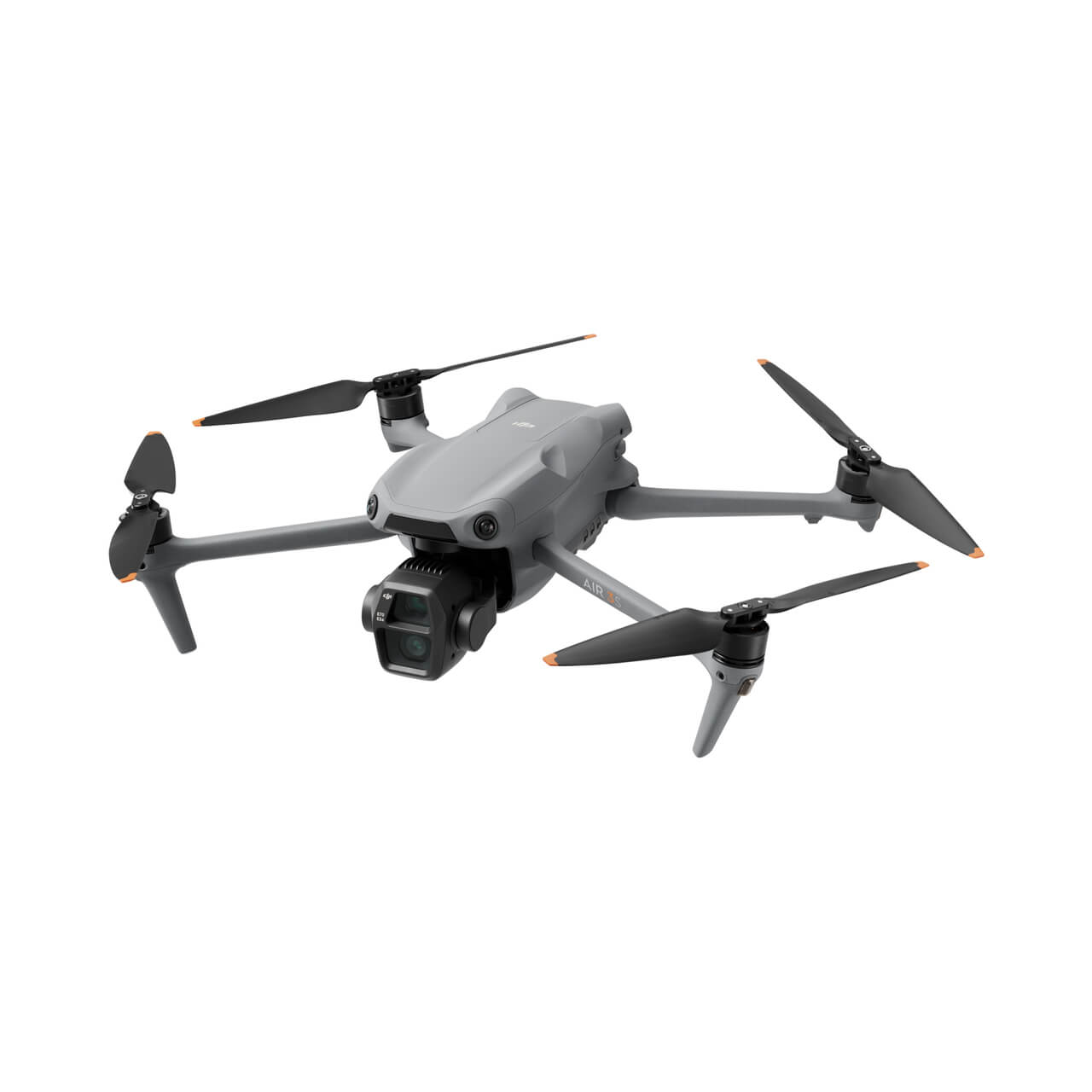
With its dedicated Hyperlapse mode, extended flight times and dual 4K camera setup, the mid-range Air 3S is your best bet for creating airborne timelapses.
Read more below
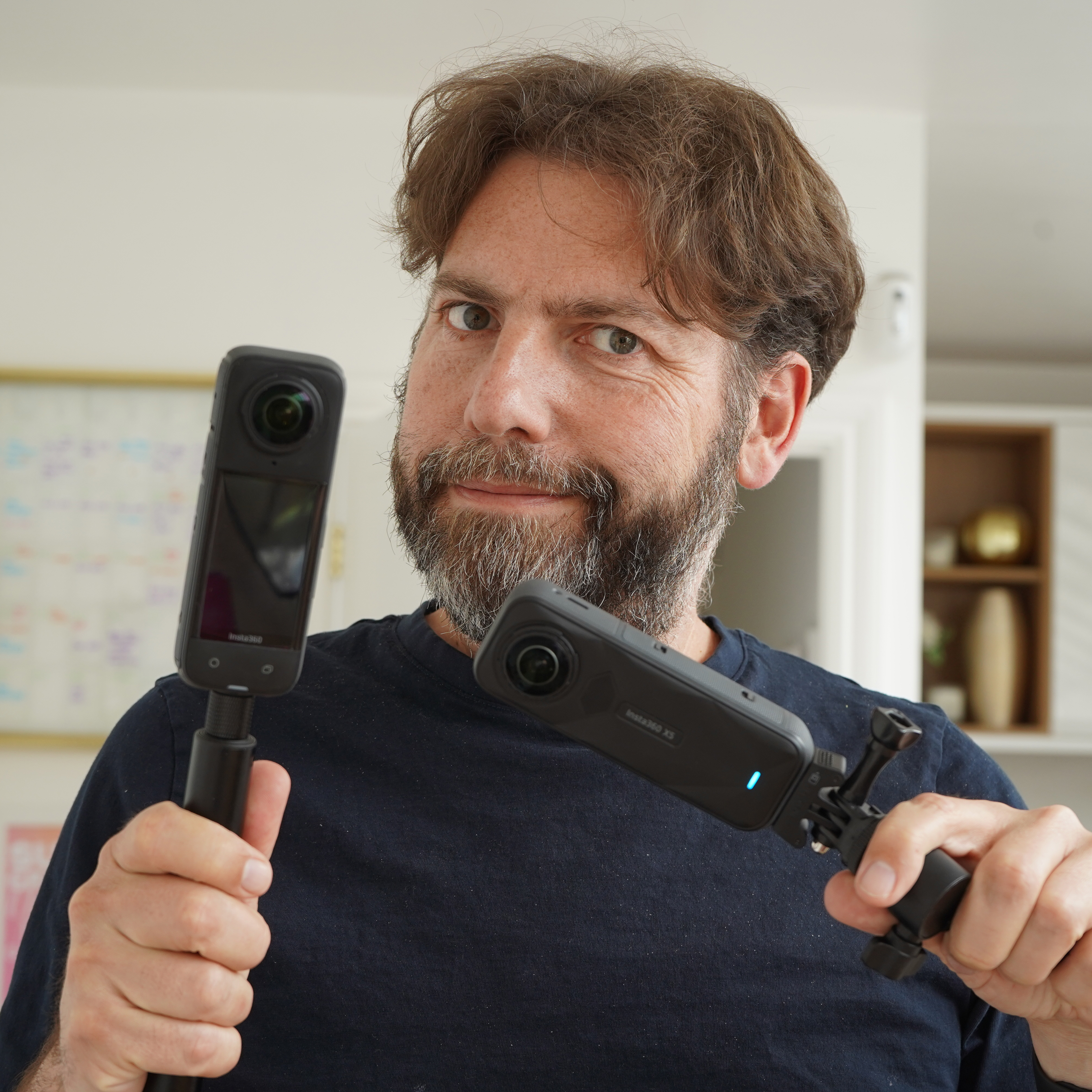
With over 25 years of expertise as a tech journalist, Adam brings a wealth of knowledge across a vast number of product categories, including timelapse cameras, home security cameras, NVR cameras, photography books, webcams, 3D printers and 3D scanners, borescopes, radar detectors… and, above all, drones.
The best timelapse cameras
Why you can trust Digital Camera World
Best for simplicity
Specifications
Reasons to buy
Reasons to avoid
If you're new to timelapse creation, here's our recommendation. The Brinno BCC300-C Timelapse Camera Kit gives you everything you need to start creating timelapse, including not just a capable timelapse camera, but also a waterproof housing, clamp mount, batteries, SD card and more – all for a pretty reasonable price of around $300 / £300.
While it doesn't have proper night vision, it does have HDR, and our reviewer Jon found that when he put it to the test, the camera produced solid-quality imagery in daytime and at night. Sure, the night footage was a little grainy, but it was still clear enough to share, and that's impressive at this price.
The Brinno is relatively easy to use. Its small screen and minimal buttons mean that understanding the settings can take a little deciphering, but once you're up and running you can program in timelapses with a few simple button presses. Bear in mind that with its latest firmware update, this camera combines its timelapse into ready-made MP4 videos. This is a timesaver for those who don't want to fuss with editing, but also means you don't have to option to extract or edit individual frames.
While you can purchase the camera as a standalone, you're definitely best off getting the full kit – not only do you get a waterproof housing (vital for outdoor use) but also a clamp mount with bungee cords to keep it secure, and even an SD card and AA batteries. And those batteries – the longevity of this camera is truly impressive. Jon used it to create multiple multi-day timelapse videos, and the meter was still showing 100%!
Ideal for kids and family as well as novice timelapse shooters, this is a perfect starting point for anyone who wants to create timelapse videos as quickly and easily as possible.
Read our full Brinno BCC300-C Timelapse Camera Kit review
Features ★★★★☆ | An entry-level model that works well from day to night with good battery life. |
Design ★★★★☆ | The screen is small, but you can add a waterproof housing. |
Performance ★★★★☆ | Long-lasting and easy-to-use – but only 1080p. |
Value ★★★★★ | Excellent value, with battery and SD card included. |
Best premium
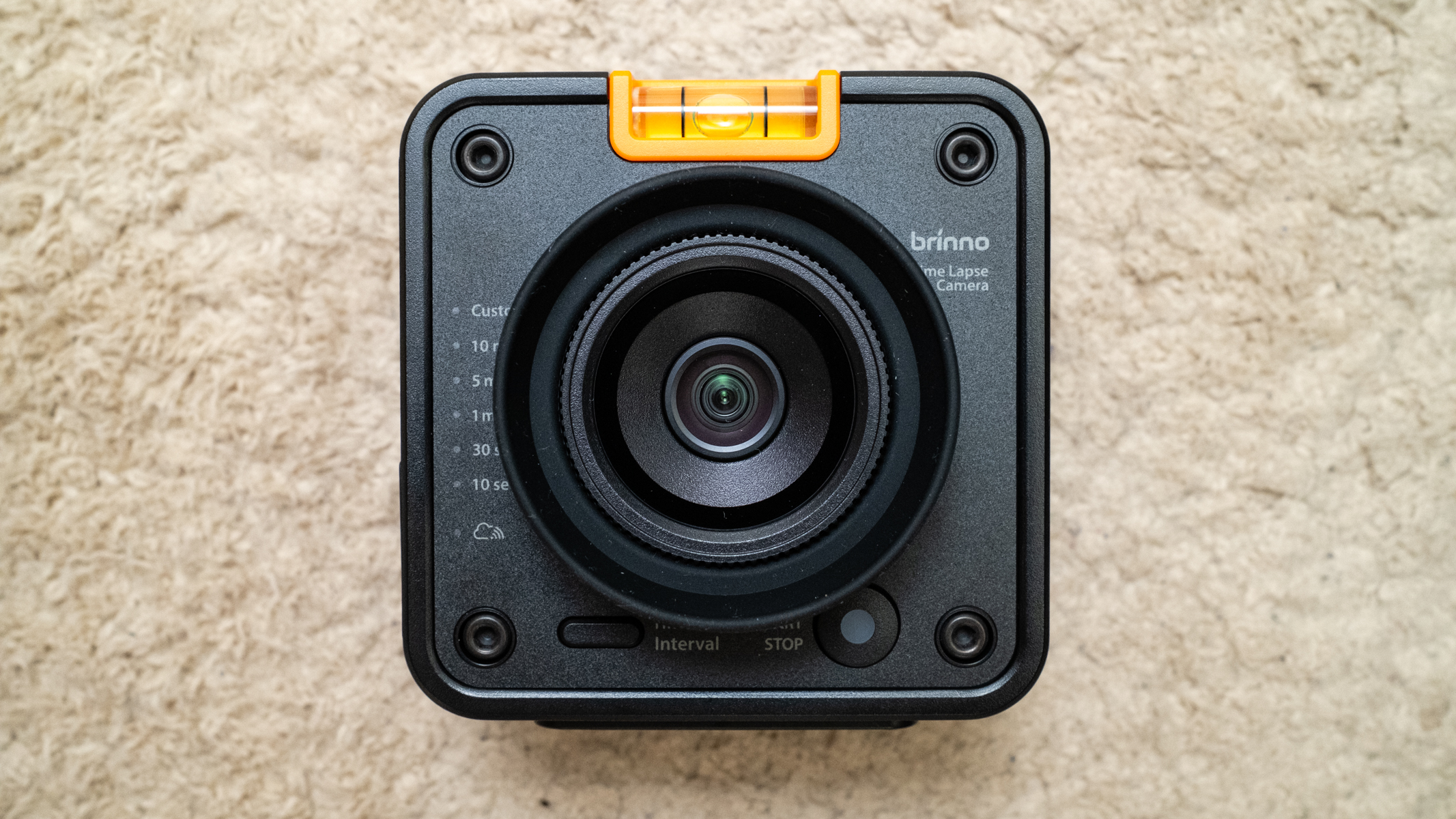
Specifications
Reasons to buy
Reasons to avoid
Sitting at the other end of the scale from Brinno's BCC300-C kit, this dedicated timelapse camera requires a pretty sizeable budget, but produces impressive 4K footage and can really go the distance. The Brinno BCC5000 Time Lapse Bundle is the kind of camera you want when your project is going to stretch out for months, or possibly even years. When it's something worth really investing in.
Like the previous Brinno camera, this model really comes into its own when bought as part of a full kit. This gets you the weatherproof housing and clamp mount, which are basically essential for any serious outdoor project. It also includes multiple rechargeable batteries, which can be swapped out and charged up to keep the camera going essentially indefinitely – while the case has room for three, the camera can run for a while on just one.
Unlike the BCC300-C kit, the camera here does not have a screen. What it does have, and the other camera lacks, is connectivity via Bluetooth and Wi-Fi, and you can therefore connect to your laptop or other smart device to change settings and compose your imagery. Our reviewer James found this process a bit fiddly, with the browser-based interface not the most intuitive. However, Brinno has promised iOS and Android apps down the road, which should make things easier.
It's certainly not a cheap option. But if you're looking for a camera to capture multi-month or even multi-year projects, it makes sense to invest to make sure that all that time and effort isn't wasted on a sub-par video.
Read our full BCC5000 Time Lapse Bundle
Features ★★★★☆ | 4K quality, scheduling and a useful bundle of accessories – though camera control is limited. |
Design ★★★★★ | Fantastic, durable, premium quality, with weatherproofing and simple controls |
Performance ★★★★☆ | Some wireless features feel a bit like a rough draft – but they do work. |
Value ★★★★☆ | A very expensive option, but you do get great quality for the money. |
Best for construction
3. Technaxx TX-164
Specifications
Reasons to buy
Reasons to avoid
This piece of German product design has a very specific purpose in mind; long duration timelapse. That's evidenced by the 12 spaces for AA cells: four beneath the electronics, and another eight in the door.
The unit is IP66-weather sealed when closed, so it can be mounted in harsh environments. Just like some German car brands, while the engineering feels firm, the menu system could be easier to navigate, though there is a real manual in the box alongside several mounting options and proportionally you won’t be spending that long with the menu.
We appreciated the inclusion of a tree rope as well as a drillable wall bracket with a ball joint with screws. The 2.4-inch LCD makes directing the camera simple, and there is also an LED flash to light the night mode with an 18m (60ft) range. It’s also very handy that the system allows microSD cards up to 512GB.
Features ★★★★☆ | Comes with loads of accessories and mounts. |
Design ★★★★★ | Delightfully solid German engineering, with IP66 weather sealing. |
Performance ★★★★☆ | Long-lasting, though again only 1080p. |
Value ★★★★☆ | It's inexpensive, but comes with some image quality compromises. |
Best for social media
4. aTLi EON
Specifications
Reasons to buy
Reasons to avoid
If you’ve been caught by the timelapse bug on social but don’t want to tie up your phone, the EON is built with you in mind. You might think the option of a white case verges on the condescending (if so, choose the more traditional black), but in truth, it is features like the Time Slice that stand out. This is a single photo generated from strips of a timelapse to show a day in a single still – very striking.
And that’s not all. The camera is presented more as a set including a UV filter, case, lens hood, and mini tripod. It is app-controlled, so you’ll need your phone to get things going, but the app offers more than mere interval settings. You can tap to zoom on an area as you adjust the manual focus, check a live preview even as a shoot is in progress, or switch to an infrared mode.
You can also switch to power-saving mode. In this case, the battery is measured in days, not minutes, and the 2μm pixels and up to 1.4-sec shutter speed can help in low light.
Features ★★★★☆ | Clever shooting modes and app-based controls. |
Design ★★★★☆ | Cute to look at – though needs a phone to be used. |
Performance ★★★★☆ | Great-looking images, and an impressive 'Timeslice' mode. |
Value ★★★★☆ | Good, especially considering the accessories you get. |
Best action camera with timelapse
Specifications
Reasons to buy
Reasons to avoid
With a straightforward action camera design, the DJI Osmo Action 5 Pro is not reinventing any wheels. However, its generously sized (for its class) imaging sensor helps give it an edge in low light over its main rivals, and this combined with DJI's excellent timelapse and hyperlapse modes makes it our pick as the best action camera for timelapse.
It's easy to set up, and produces great-quality footage as well as 40MP stills. The battery life is generous too — DJI has rated it to up to four hours of Full HD recording in lab conditions, and while I naturally didn't manage this in real-world testing for my review, it's still pretty comfortably ahead of the pack.
There's also plenty of storage space, with 47GB effective built-in storage and the option to download via Wi-Fi 6, as well as a slot for a microSD card with up to 1TB capacity. You'd have to be putting together a really ambitious timelapse to bump up against a limit like that.
While the latest GoPro cameras are more flexible and arguably more interesting, with higher video resolutions and swappable lens modules, the dependable DJI Osmo Action 5 Pro is the one we'd put our faith in for the best results.
Read our full DJI Osmo Action 5 Pro review for more details
Features ★★★★★ | Excellent timelapse/hyperlapse modes and options. |
Design ★★★★☆ | No GoPro-style swappable lenses, but it nails the basics. |
Performance ★★★★★ | Great quality footage with marathon battery life. |
Value ★★★★☆ | It's at the pricier end in this category, but worth it. |
Best 360 timelapse camera
Specifications
Reasons to buy
Reasons to avoid
At a tangent from this list – because it's a different technology – is the DJI Osmo 360 which, as the name suggests, is a 360-degree camera (sometimes known as a panoramic camera). It is also an action camera – with similar advantages and disadvantages in terms of battery life and flexibility; it'll survive some rough and tumble, and some weather.
The real advantage, though, is that the back-to-back lenses let it "see" in any direction. It also earns its place here (as you'd imagine) with a timelapse mode.
There isn't space to talk about all the possibilities that shooting with a 360-degree camera offers but, essentially, there is a trade-off – you don't need to think too hard about where you're pointing the camera at the time, but you'll need to spend some time composing a normal view later. And, of course, despite all the megapixels, that will also involve cropping quite a few.
The camera's ability to capture 120MP resolution stills is at the top end for similar devices (check my guide to the best 360 cameras), but it has automatic timelapse and hyperlapse modes which produce 8K 30p. If you're setting up your camera somewhere your subject might move around, you can edit the footage later, choosing to move the 'camera' to track it – and DJI's software can help with automatic subject tracking and/or key frames.
The reason I put this in the list (rather than its competitor the Insta360 X5, which has a special 11K mode for timelapses so is also worth checking out) is that it boasts 1-inch image sensors. This means it's better able to cope with changes to lower light over time (though I'd strongly recommend using a power bank and being careful about where you run the cable for long timelapse videos).
Read my full review of the DJI Osmo 360
Features ★★★★★ | There are extensive features on this camera, not just for timelapse but action, normal 360 and vlogging. |
Design ★★★★☆ | Simple but effective design, with a good quality screen and back-to-back cameras. |
Performance ★★★★★ | Brilliant 360 quality – requires some work for best results, but the option of 10-bit output is great for serious editors. |
Value ★★★★☆ | You get a lot for your money, but it would still be nice to get a selfie stick in the kit (to position the camera but be 'invisible' in the video). |
Best drone for timelapse
Specifications
Reasons to buy
Reasons to avoid
The improved stability and flight times of contemporary consumer camera drones makes them a much more viable option than they used to be for creating spectacular timelapse videos from the skies. DJI, aware of this, has given many of its drones the ability to capture Hyperlapse footage, and I can personally recommend the Air 3S as an absolutely brilliant choice for this. With a larger sensor than the previous Air 3, it produces dynamic and great-looking footage, and also offers generous 45-minute flight times.
It's priced around the mid-range, neither the cheapest drone DJI produces, nor the most expensive. I think it offers brilliant value, to the point where it's arguably eating the lunch of the more expensive Mavic 3 Pro. Its main wide sensor is a 50MP 1-inch type that delivers excellent quality in low light – however, personally I find the 48MP tele lens to be more cinematically exciting.
The Air 3S's 45-minute flight times give you latitude to capture hyperlapses that are longer than just a few seconds. And as long as you've got plenty of storage space, you can take advantage of the Air 3S's ability to produce big RAW files and really fine-tune your creations – though I found that the JPEGs also looked great, even in tricky backlit conditions.
Though it undoubtedly takes a bit of practice, you can use the Air 3S to capture the kinds of timelapse videos that simply aren't possible with anything else. Bear in mind though that as it weighs more than 250g (considerably more), it's subject to different drone regulations, and depending on where you are you may need a license or registration to fly it. Check your local regulations for details.
Read more: DJI Air 3S review
Features ★★★★★ | Tons of options for creating singular time-lapses. |
Design ★★★★☆ | Well-made, though weight is subject to drone regs. |
Performance ★★★★★ | Superb images, brilliant flight – what more do you need? |
Value ★★★☆☆ | The most expensive on this list, by a margin. |
FAQs
How long does it take to film timelapse?
If you're shooting to the traditional film format of 24 frames a second then a 90-minute movie would take 129,600 photos. If you're making a film with animated toys, it could take a long time to move them each time.
If you're just recording events at a different speed, then it'll take a multiple of the frames – so let's say 10 seconds between frames? The 90 minutes would take 15 days to capture.
What if my camera doesn't have timelapse?
You can get a device called an intervalometer to trigger the shutter automatically at repetitive intervals.
Can drones capture timelapse?
If you’re interested in capturing a timelapse effect from an aerial perspective, that’s not a problem. Most of the best camera drones have some additional support for the effect. Clearly, a battery-powered craft will not be able to maintain a position above ground longer than the drone can fly, but newer drones – like the DJI Mavic 3 – have around 40 minutes of useable flight time, making a visibly accelerated real-world feasible.
In addition, since Mavic 2, DJI’s drones have been able to use what is called their Hyperlapse feature to orbit a certain point – or even a series of waypoints – and smoothly move the aircraft slowly enough for the timelapse effect to work, while keeping the lens on target.
We've picked the Air 3 in the list above as our best drone for timelapse, as its longer flight times of up to 46 minutes make the effect much mroe practical
Hyperlapse is not unique to DJI either; it’s now seen on Autel aircraft, including the recent Autel EVO Nano+.
How to choose the best timelapse camera
Most of the best professional cameras and even some camera phones have some sort of timelapse function, letting you set an interval timer to capture a series of photos, which you can combine into a video later. If you're using an iPhone for photography you'll have noticed that they have a particularly useful timelapse function in the native camera app, so it’s easy to get a taste for this form of creativity.
However, there's one big problem with using your camera or phone in this way. Timelapse videos are captured over hours, days, weeks or even months – and having your day-to-day tech tied up for that length of time just isn't practical.
So, the best timelapse cameras have to be robust and stable to be able to be left wherever you desire to capture a vast array of visuals, from cityscape timelapses that we often see in movies to great moving vistas of the landscape.
Naturally, the actual images they capture also need to be of a good level of quality. for sharing. It’s also useful if the device can process the stills straight into a video clip for you rather than requiring a potentially irritating excursion through software. If on the other hand you prefer to edit your timelapse shots to taste then the ability to shoot in RAW will be handy — as long as you have editing software that's capable of batch-processing.
Battery life with these things is also a big consideration when picking out which one is best for you. Some will be able to capture hours of footage, whereas others can capture days, weeks, or even months in one clip. Alternatively, you may want to consider a camera with hot-charging functionality — i.e. the ability the charge while recording. This will allow you to top it up as needed, meaning the length of your timelapse will only be limited by your storage media.
Weatherproofing is also going to be a factor, especially if you're planning on creating a timelapse over a timeframe that can be measured in weeks or months. A good timelapse camera should be able to withstand a little rain, snow and sleet without issue.
How we test cameras
When we test cameras, including drones and action cameras, we take them into real-world environments to see how they perform in live shooting scenarios. We test all cameras for their photo and video functionality, and if they have a timelapse mode we will take that for a spin too to see what kind of results we get.
For putting a camera through a full review, our Imaging Labs manager Ben Andrews will test them under carefully controlled conditions. These lab tests will give us an exact picture of what the sensor can do, measuring resolution using ISO resolution charts, and analyzing dynamic range and noise with DxO Analyzer test equipment.
The best camera deals, reviews, product advice, and unmissable photography news, direct to your inbox!

With over 20 years of expertise as a tech journalist, Adam brings a wealth of knowledge across a vast number of product categories, including timelapse cameras, home security cameras, NVR cameras, photography books, webcams, 3D printers and 3D scanners, borescopes, radar detectors… and, above all, drones.
Adam is our resident expert on all aspects of camera drones and drone photography, from buying guides on the best choices for aerial photographers of all ability levels to the latest rules and regulations on piloting drones.
He is the author of a number of books including The Complete Guide to Drones, The Smart Smart Home Handbook, 101 Tips for DSLR Video and The Drone Pilot's Handbook.
